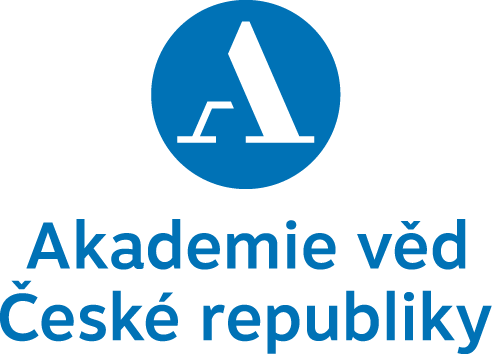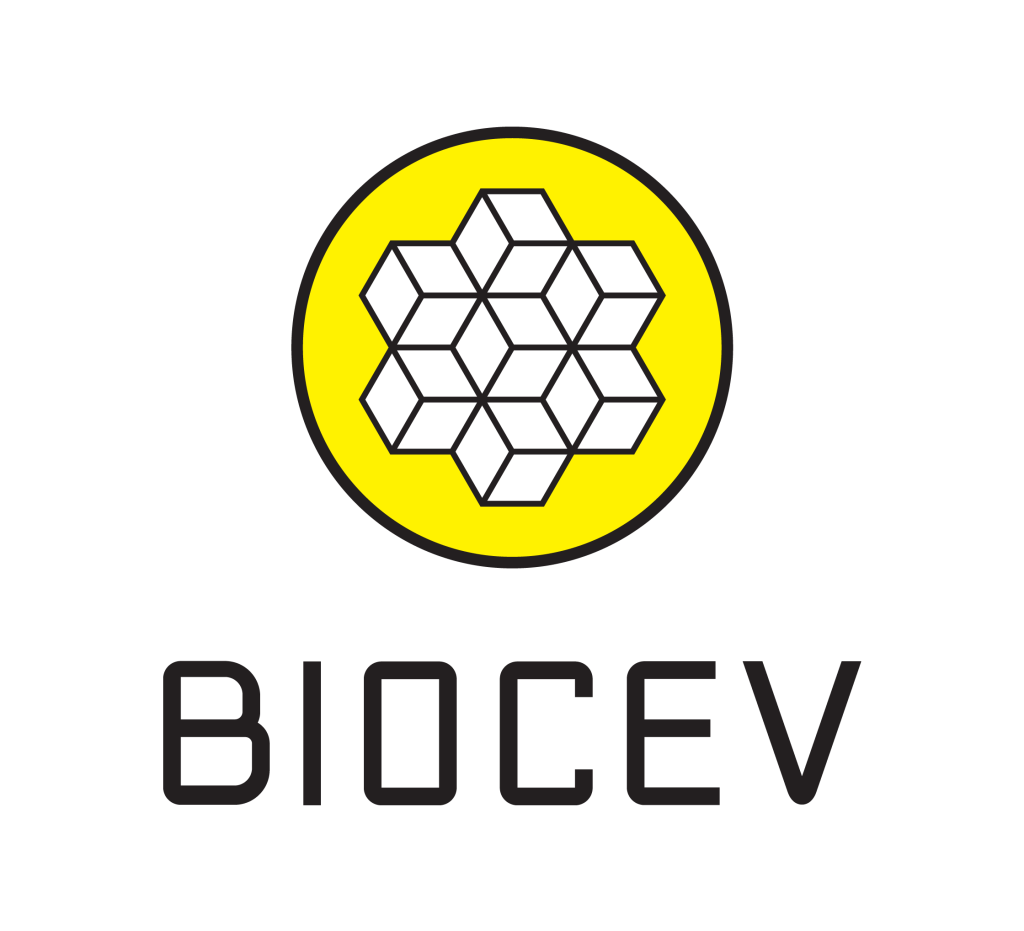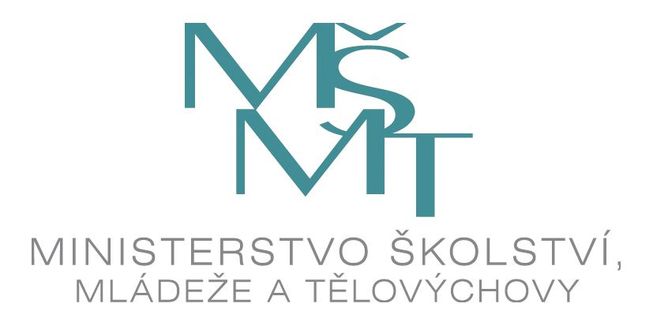Čas konání: 15:00 – 17:00 hod.
I. Thermoneutrality and thermogenesis
Barbara Cannon and Jan Nedergaard
Stockholm University
How do we, and other mammals, select an optimal environmental temperature? We select a temperature that allows us to maintain our desired body temperature merely based on our lowest metabolic rate. This temperature is our thermoneutral temperature. In a colder environment, mammals must acutely defend their body temperature by an increased metabolic rate (thermogenesis). In chronic cold, this increased level of metabolism must be maintained constantly. We will discuss the processes involved in such adaptive processes and how hormones such as leptin, thyroxine, glucocorticoids, may influence them. In addition, can diet induce elevated thermogenic processes in an attempt to maintain body weight? And is this influenced by diet composition, in particular protein content?
II. Thermogenesis: by which means?
Jan Nedergaard and Barbara Cannon
Stockholm University
The molecular mechanism(s) behind different types of mammalian thermogenesis have been under constant discussion during the last half century. For a long time, into the 1970’ies, activation of the plasma membrane Na/K-ATPase was considered to be the mechanism, but successively the concept that it was solely UCP1 in brown adipose tissue that mediated thermogenesis gained credence. The characterization of the regulation of the activity of UCP1 (the nature of activators and inhibitors), the structure of UCP1, and an understanding of the nature of the transported species are thus areas we actively investigate today. However, presently, the tenet that also UCP1-independent mechanisms for thermogenesis play important roles is much discussed: UCP1-independent mechanisms in brown adipose tissue itself (or in beige adipose tissue) in the form of different ATP-consuming mechanisms have been suggested, as well as muscle nonshivering alternatives for thermogenesis. We discuss here the present evidence for these different suggested mechanisms.
Biography
Barbara Cannon
Barbara Cannon is professor of physiology at The Department of Molecular Biosciences, The Wenner-Gren Institute, Stockholm University. Her research has focused on understanding mitochondrial metabolism, not least as influenced by UCP1, and the control of cellular metabolism through adrenergic signalling mechanisms. She has also studied the cellular differentiation processes in adipose tissues. In addition to and in parallel with her scientific achievements, Cannon has had numerous honorary appointments nationally and internationally, both in Scandinavia and in Europe. Among these, she has been President of the Royal Swedish Academy of Sciences (2012-2015) and was Chairman of the Trustees of the Nobel Foundation (2008-2011). She has been a member of a large number of biological evaluation and advisory committees, both in Sweden and abroad.
barbara.cannon@su.se
Jan Nedergaard
Jan Nedergaard is professor of physiology at The Department of Molecular Biosciences, The Wenner-Gren Institute, Stockholm University. Since 1975, his scientific efforts have concentrated on understanding the function and physiological significance of brown adipose tissue. He has played a role in the establishment of present basic concepts in brown adipose tissue research: – that brown adipocyte precursors are principally different from white adipocytes in that they display a myogenic gene expression phenotype (2007); – that the absence of brown adipose tissue is sufficient to cause or aggravate obesity (2009); – that existing radiological data implied that brown adipose tissue is present and active in adult humans (2007), – and that the gene expression profile observed in UCP1-expressing cells in white adipose depots is so distinct from that of classical brown adipocytes that these cells/depots should be considered to be of a different nature (“brite” or “beige” adipocytes) (2010). He is presently advocating the use of thermoneutrality for valid translation of mouse data to human conditions (2018), and through this demonstrating that human brown adipose tissue is indeed of the same nature as classical mouse brown adipose tissue (2019).
Jan Nedergaard has been dean of Biological Sciences at Stockholm University and is a Fellow of the Royal Swedish Academy of Sciences.
jan.nedergaard@su.se
IPHYS contact person: Jan Kopecký, jan.kopecky@fgu.cas.cz








